This post is all over the place. I write about what has happened to me and what I have been thinking about, so there you are. I cover Mexican violence, WWI and a nagging question–why are zombies always so hungry?
But first things first. I continued southeast through Tamaulipas state. It was not too exciting because I was staying on a major highway and in hotels most of the time. Fortunately the highway had a nice wide shoulder so I didn’t have to worry about getting squashed. But there was constant truck traffic:
Unfortunately I see a LOT of these memorials by the roadside, at least 20-30 every day. A reminder that driving in Mexico is a risky business. The papers and TV report daily on highway crashes.
This is where the crashed cars end up. Sadly, this is probably a good business to be in here.
In past years Tamaulipas experienced a lot of carjackings and armed robbery, although this has diminished recently, according to some locals I spoke with. Nevertheless, it requires caution. The following is from the US state department website on travel advisories:
Tamaulipas (includes Matamoros, Nuevo Laredo, Reynosa, and Tampico): U.S. citizens should defer all non-essential travel to the state of Tamaulipas due to violent crime, including homicide, armed robbery, carjacking, kidnapping, extortion, and sexual assault. The number of reported kidnappings in Tamaulipas is among the highest in Mexico. State and municipal law enforcement capacity is limited to nonexistent in many parts of Tamaulipas. Violent criminal activity occurs more frequently along the northern border and organized criminal groups may target public and private passenger buses traveling through Tamaulipas. These groups sometimes take all passengers hostage and demand ransom payments. U.S. government personnel are subject to movement restrictions and a curfew between midnight and 6 a.m. Matamoros, Reynosa, Nuevo Laredo, and Ciudad Victoria have experienced numerous gun battles and attacks with explosive devices in the past year.
In fact, when I was staying in Ciudad Victoria, this newspaper article came out stating that Tamaulipas was number one in the country in kidnappings on a per capita basis.
The good news? It is not number 1 in homicides, extortion or carjackings. The bad news? The other states I am heading for —Veracruz, Tabasco, Guerrero and Sinaloa are all in the top ten in these statistics.
I spent a couple nights in Ciudad Victoria without incident. It’s funny, you read the warnings and you think it is a war zone but when you get there it’s just normal–shops are open, hotels are open, people are walking around shopping and eating in restaurants, kids are playing in the parks or going to school, movie theaters are showing the latest films, busses are running normally. The vast majority of life continues.
But there is a visible security presence. You see a lot of these.
But it pales in comparison to what happens regularly in the Middle East. As I write this bombs and armed men killed 305 people at a Sinai mosque in Egypt, and there are car bombings every few weeks in Syria, Iraq, Afghanistan, and Pakistan, among other places. But life goes on normally there too as best it can. I guess everything is normal until it isn’t.
The Great War
Anyway, to pass the time while riding I have been listening to a podcast by Dan Carlin called Blueprint for Armageddon, a detailed look at World War One between 1914-1918. This guy is amazing. Over the course of several hours, he recounts letters and other historical documents and books to provide a detailed month by month description of the war. I have read a little about WWI but his descriptions of the conditions are beyond belief. It has to be the most awful experience any group of humans have endured. His descriptions of the battles of the Somme, Gallipoli, the bombing of Verdun, the western front, the gas attacks and the mud of Ypres are horrific. You can’t believe people went through that. I was appalled when I visited the Antietam battle site in Maryland, where in one day 23,000 soldiers were killed, wounded or missing during the American civil war. At the Somme, on the first day there were over 70,000 casualties. I can hardly comprehend that. Millions died needlessly in that stupid and pointless war. One of the points he makes is that it was the first time machines had played such a large role. There were huge canons, machine guns, tanks, planes, flame throwers, hand grenades and submarines. These had never been used in war before this and the results were devastating. Even worse, if there was no WWI there most likely would not have been a WWII. And it all started due to a bizarre and completely improbably sequence of events. This is a story we should not forget. You can get the podcast here.
If you’re not in the mood for several hours of listening, here is a short video I found on youtube about WWI.
OK, enough grim history, let’s see some photos.
You have to pay attention while walking on the sidewalk in Mexico. If not you could fall in to a hole. This was about a three foot drop.
One of the funny things about Mexico is the strange words that came from English but have morphed into Spanish. There are places called Loncheria, for example where you can buy, presumably, lunch.
“Muffler” has turned into Mofles:
Winnie the what?
I stayed an extra day in Victoria to shop, wash clothes and run some errands. One thing I needed was a haircut. I also took the time to indulge in some luxuries. Here I am getting a pedicure. She spent an hour fixing my feet for only $10. It was great, my feet were pretty gnarly.
One of the stranger beverages here is called a michelada, which is a beer mixed with spices, soy sauce and pepper sauce served with ice in a frosted mug crusted with more spices. It tastes a bit strange but it grows on you.
I had another great experience this week with a local. A guy flagged me down while I was riding and said his son had bicycled from Mexico to Brazil in 2014. He had a video of it. We talked for a while then he gave me 100 pesos (about $5.00) “for some tacos.” Now isn’t that nice!
A view from the road south of Victoria.
The birds?
I stopped for a fresh coconut water from this roadside vendor. He was, as usual, amazed at my trek. But he was shy and did not want his photo taken.
Some photos of Tampico. A shot from my hotel room near the Plaza de Armas.
I saw this sign on a building. Apparently the building was made into a bar for the filming of the Humphrey Bogart classic Treasure of the Sierra Madre, where he spends some time in Tampico (really!)
Here is the building today.
All About Zombies
OK, until very recently I had never heard of the Walking Dead series, even though it has been broadcast for seven seasons now. Even after my sister Katrina recommended it I was skeptical and it took me a few months to start watching. But ever since then I got hooked and have been slowly catching up. As mentioned above, Tamaulipas can be dangerous so I have avoided free camping and have been staying in more hotel rooms. With more time in the evening I have been able to watch more episodes and I am now in season 4. One thing I started to notice and began thinking about is: why are the walkers always so hungry?
Well I did some research on the internet and if you were ever wondering the same thing here is the answer:
To put it bluntly, zombie digestion doesn’t exist. Zombies are, after all, dead. They are compelled to bite any animal that moves, including humans, and given the chance, they will “eat” flesh, but it doesn’t actually benefit them in any way. This is a pretty consistent rule across the slow zombie spectrum; it is left unsaid in the classic 1968 Romero film Night of the Living Dead.
Max Brooks attributes the zombie condition to a virus. To properly understand zombie behavior, you have to remember that zombies aren’t people, or any other kind of animal. Zombies are a vehicles for the virus. The rotting corpse shambling around and attacking people is basically like a car being driven by the virus. The person whose corpse has become a zombie is long gone, never to be seen again. The corpse has no thoughts, no feelings, no needs. It is just the virus’ way of getting around and spreading itself to new host organisms.
The virus has to work with the tools at its disposal, which means that it reactivates part of the brain, but only the most primitive portions of the brain, and only the portions that will directly benefit it. The areas of the brain targeted by the virus are as follows:
- The motor cortex: The virus needs a mobile host, so it makes sure that the zombie will be able to move around, grab things, and bite things.
- The sensory cortex: The virus’ only purpose is to infect other hosts, so it needs to make sure that the zombie can see, hear, and smell its prey.
- The hypothalamus: The virus needs to make a dead body want to eat every living thing it sees, so it reactivates the hypothalamus, which is responsible for the sensation of hunger. Thus, the only feeling that might be present in a zombie is hunger, although this feeling does not correspond to conscious thought or problem solving as it would in a living person. The zombie doesn’t actually think “I’m hungry, I should eat something”; it simply feels hunger.
These are all very primitive functions, and they don’t require any conscious thought. But the virus still needs to make sure that its manipulations have the desired effect.
Remember, zombies aren’t like us. If you get hungry, you eat until you aren’t hungry anymore. The virus doesn’t want its zombie host to get full and stop biting people, so it flips the hypothalamus’ hunger switch to “On” and leaves it there. Zombies can’t get full. No matter how much they eat, their hunger never dissipates.
In his book World War Z, Brooks describes zombies who have eaten so much flesh that their stomachs rupture, splitting the abdomen open and causing the already eaten flesh to spill out onto the floor. The zombie in question sees the meat that has just fallen out of his gut, and eats it again. It falls out again, and the zombie eats it again, until it has been dead for long enough for the zombie to lose interest. As if this wasn’t gross enough, he also suggests that well fed zombies might eat so much flesh that it fills up the entire digestive tract and starts to force older meals out the “back door”, so to speak. In most cases, however, the flesh a zombie consumes will simply sit in his stomach and slowly decompose.
The fact that zombies’ hunger is never satiated creates a new problem: Since the zombie will never be satisfied with what it has eaten, it is inclined to keep eating until there is nothing left to eat. This doesn’t help the virus’ cause in any way – keep in mind that the virus isn’t trying to feed zombies, it is trying to create new zombies. If a new host organism is found, bitten, infected, and then devoured entirely, the virus has just lost a chance to infect a new host. How does the virus handle this problem? By setting different priorities for the zombie.
The virus makes sure that zombies are fickle – they won’t eat anything that has been dead for more than a few minutes. This minimizes the possibility of zombies wasting their efforts on bites that won’t result in new infections. After all, the virus doesn’t benefit from zombies biting other zombies; it only benefits if the bite victim is alive at the time it is bitten, and survives the bite long enough to turn into a zombie.
In a similar vein, if the zombie(s) see a living person while eating a previous victim, they will often abandon the kill and pursue the new target. This isn’t always the case, but as a general rule, the longer the current meal has been dead, the greater the possibility that the zombie(s) will abandon it when presented with a new target.
This is a delicate balance between the zombies’ compulsions and the virus’ objectives, and since neither the zombie nor the virus are sentient, there is a lot of back and forth between the two. Still, it works well enough to accomplish the virus’ objectives in most cases. As long as enough bite victims survive long enough to turn into zombies, the virus will achieve its goals.
By the way some of those walking dead characters are so annoying I wish they would get bit and die.
So there you have it. Any questions or comments feel free to post them.
I think that’s enough for one blog post. To wrap up, I am currently in Tampico, still headed south, and will cross into Veracruz state in the next day or so. Veracruz is a long state bordering the Gulf of Mexico and is said to offer some great seafood, so I am definitely looking forward to that. Stay tuned.
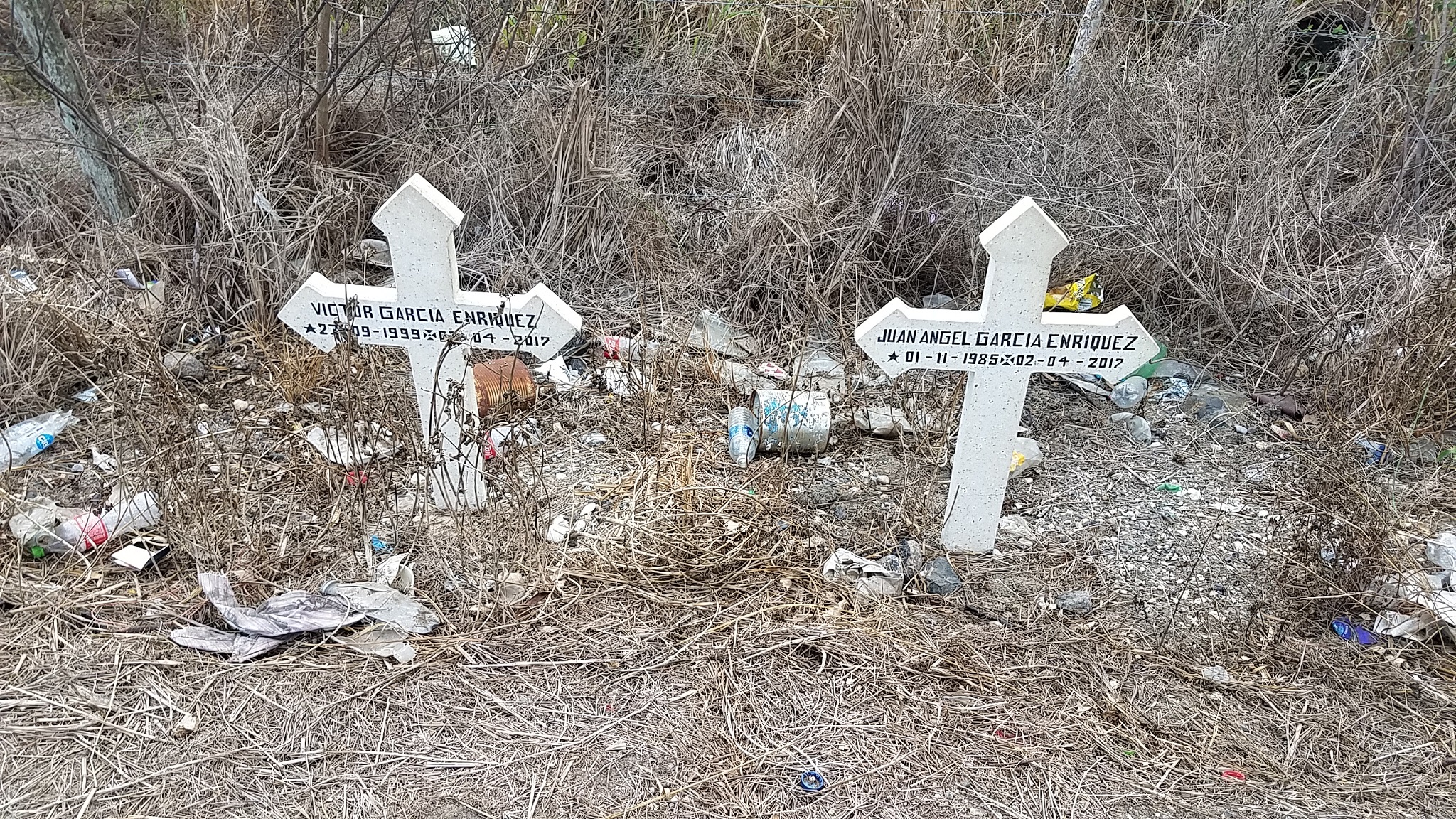
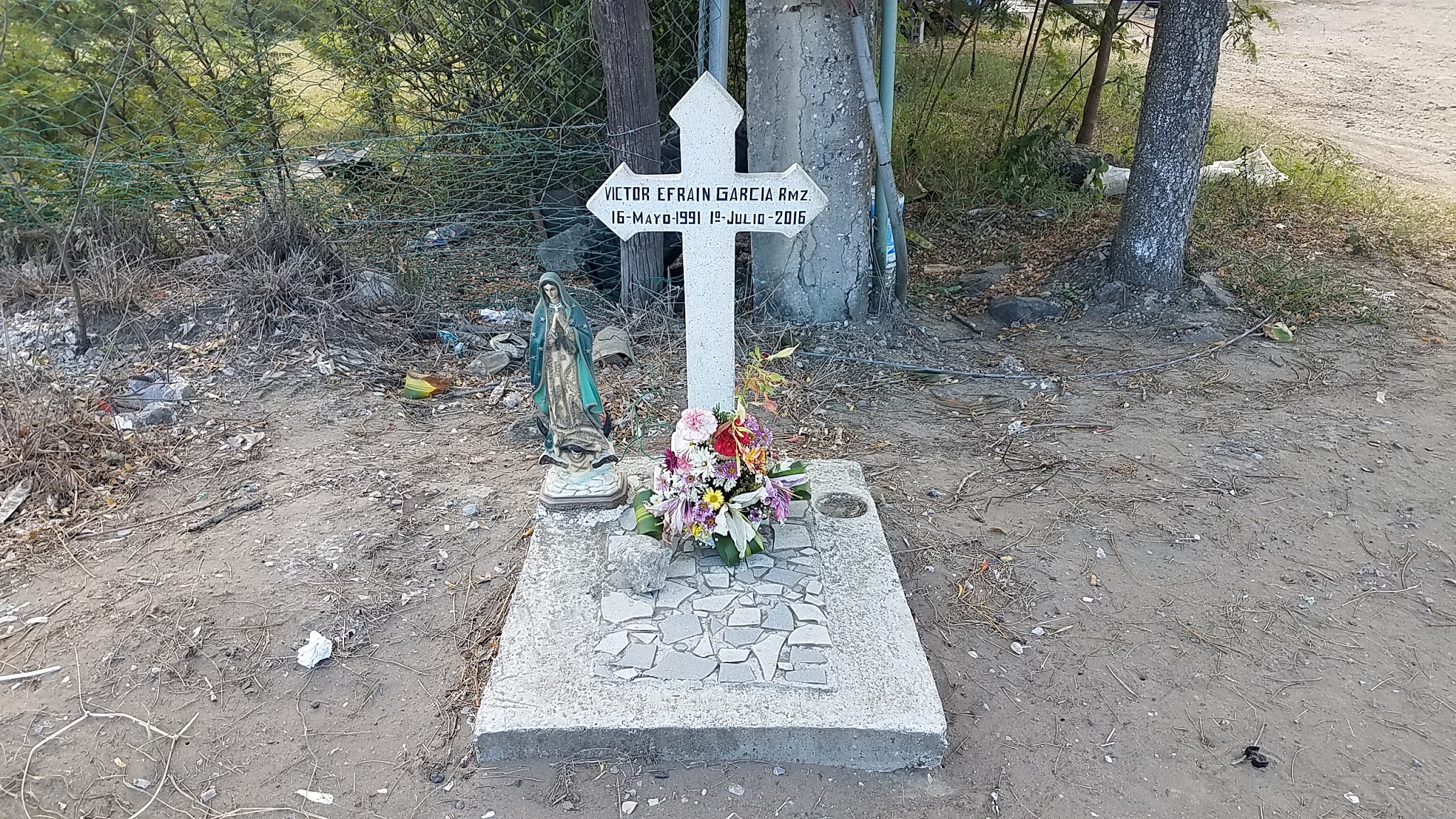
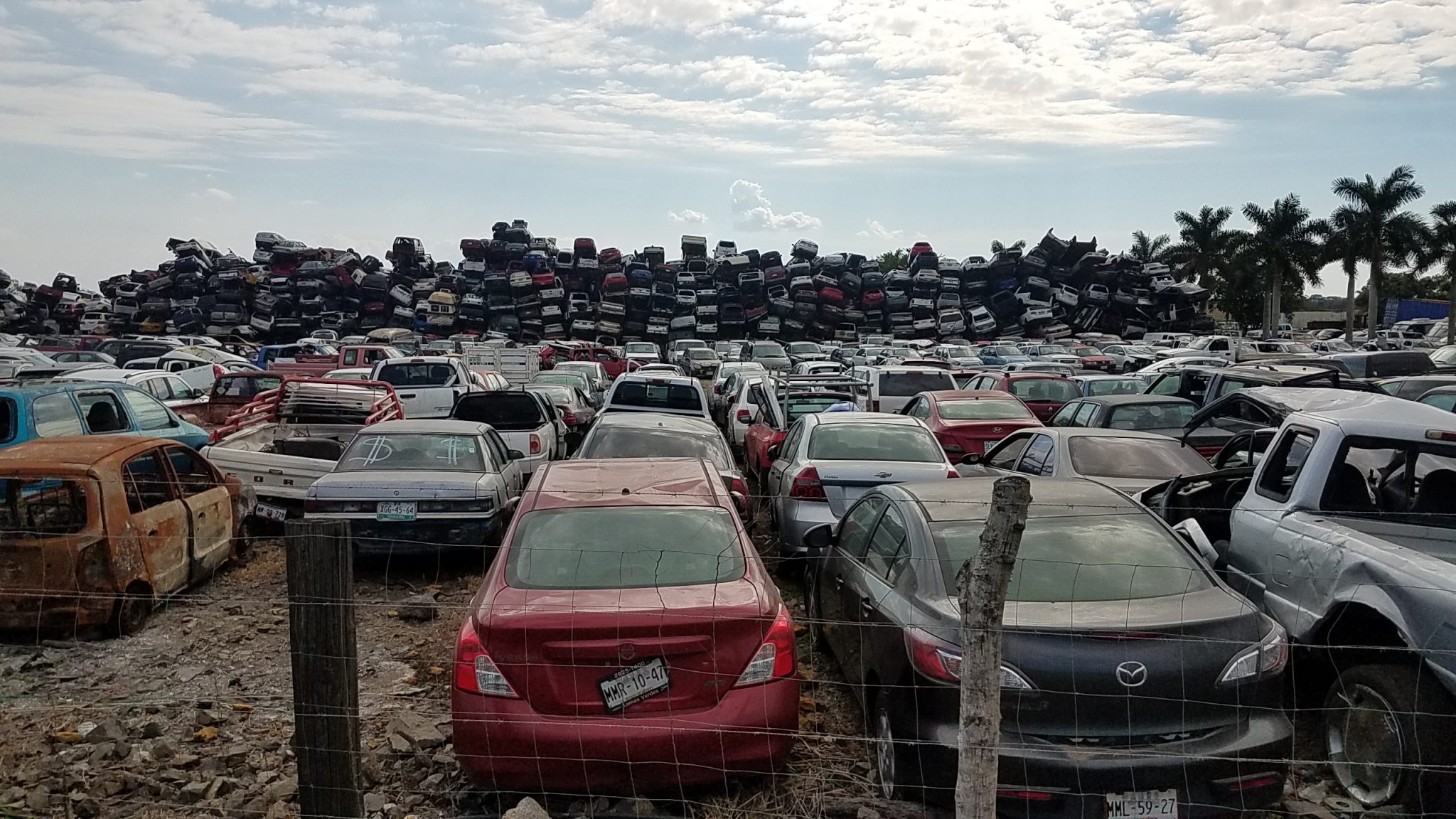
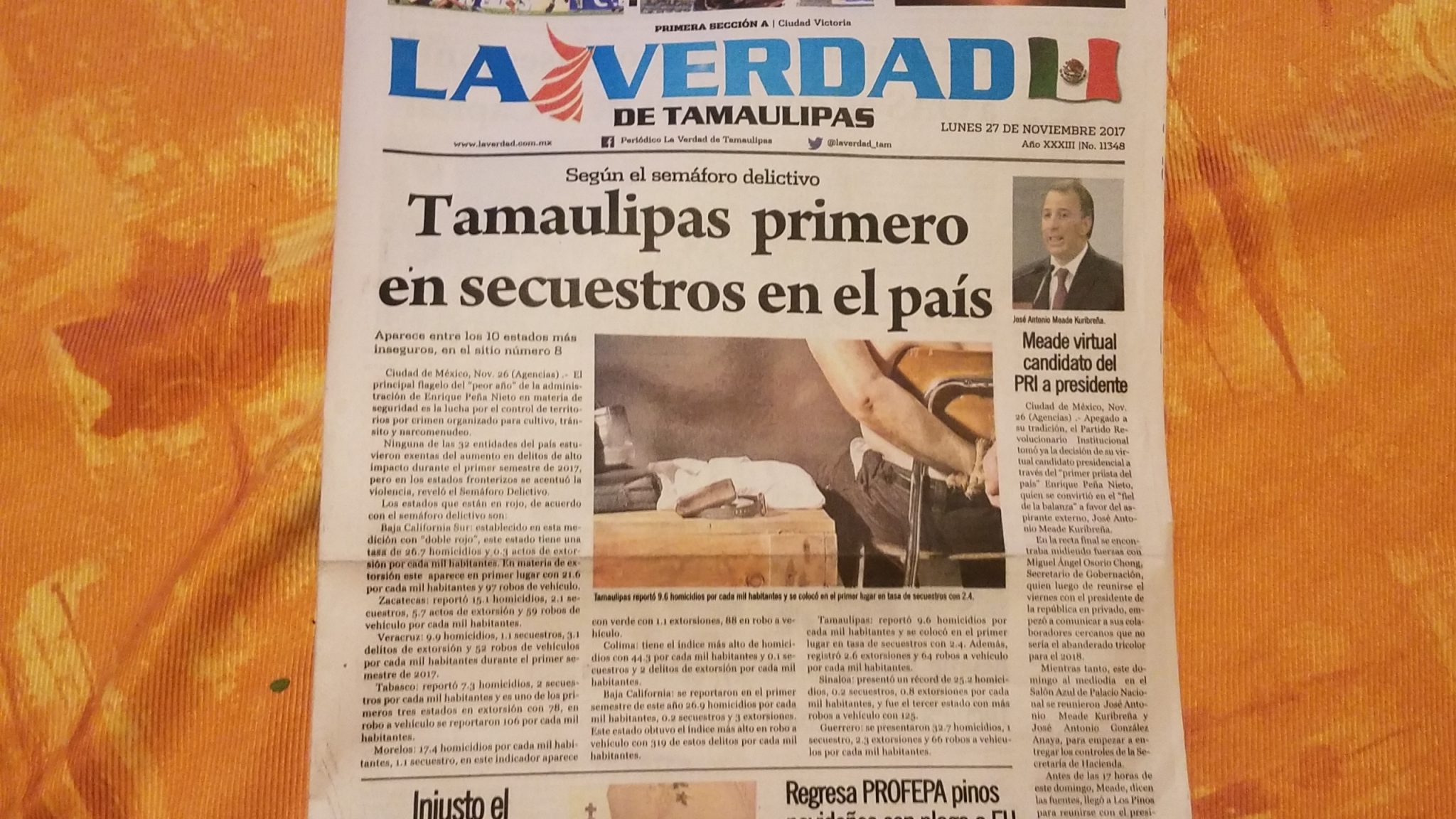
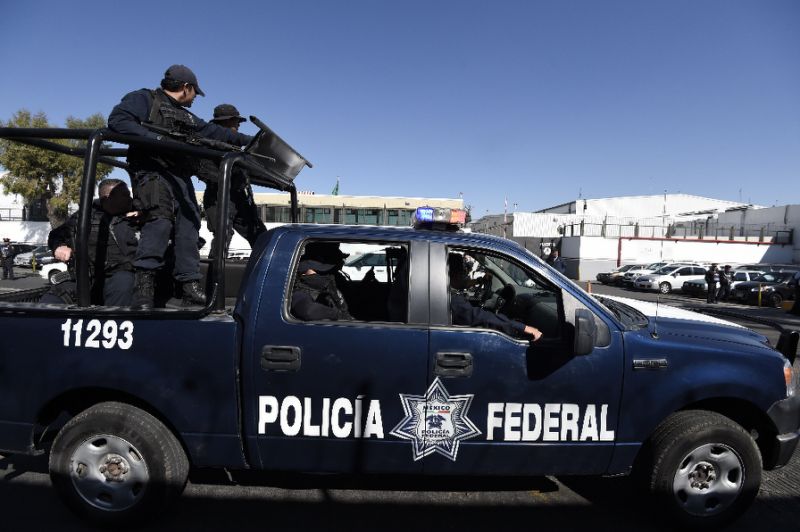

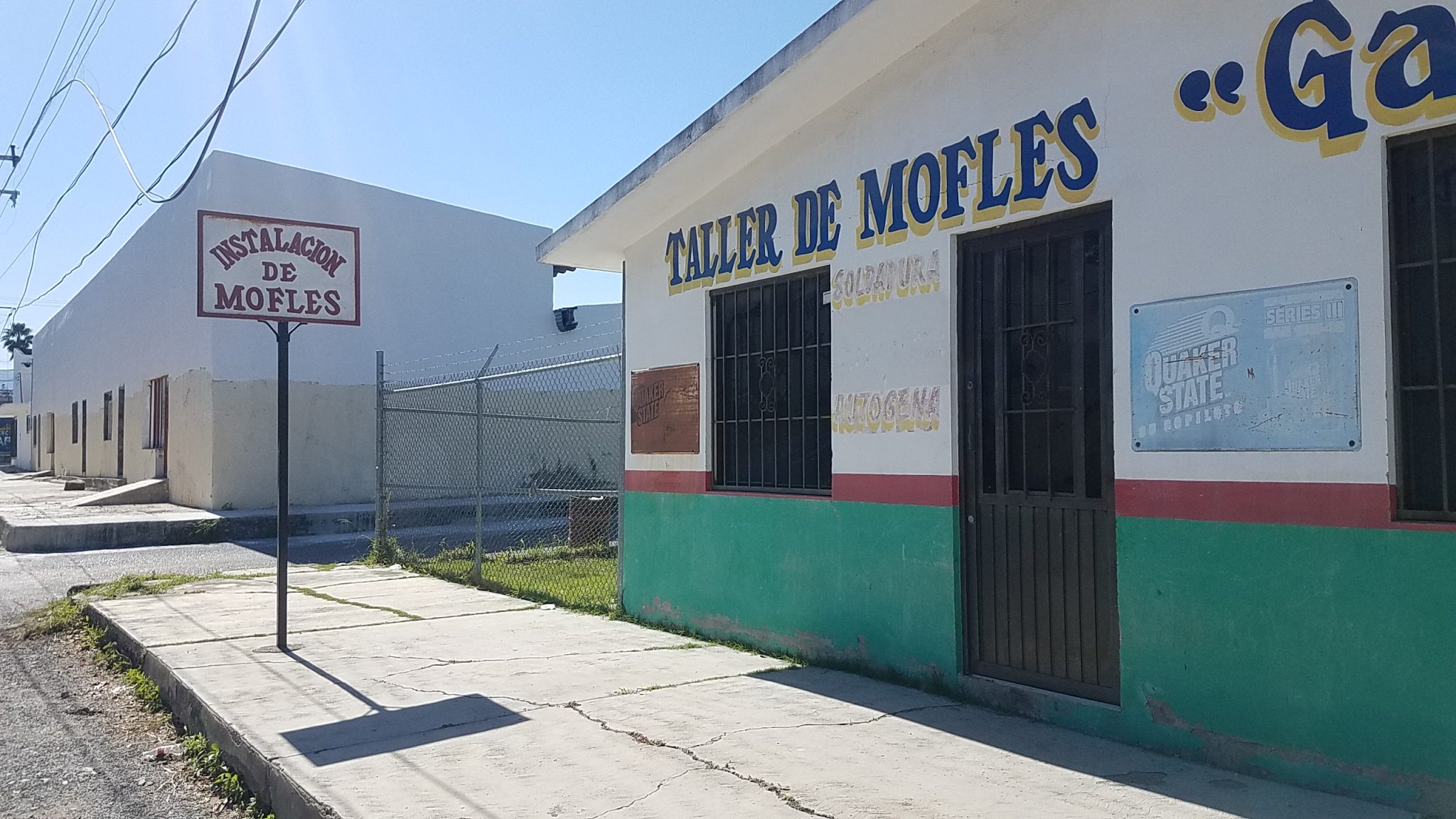
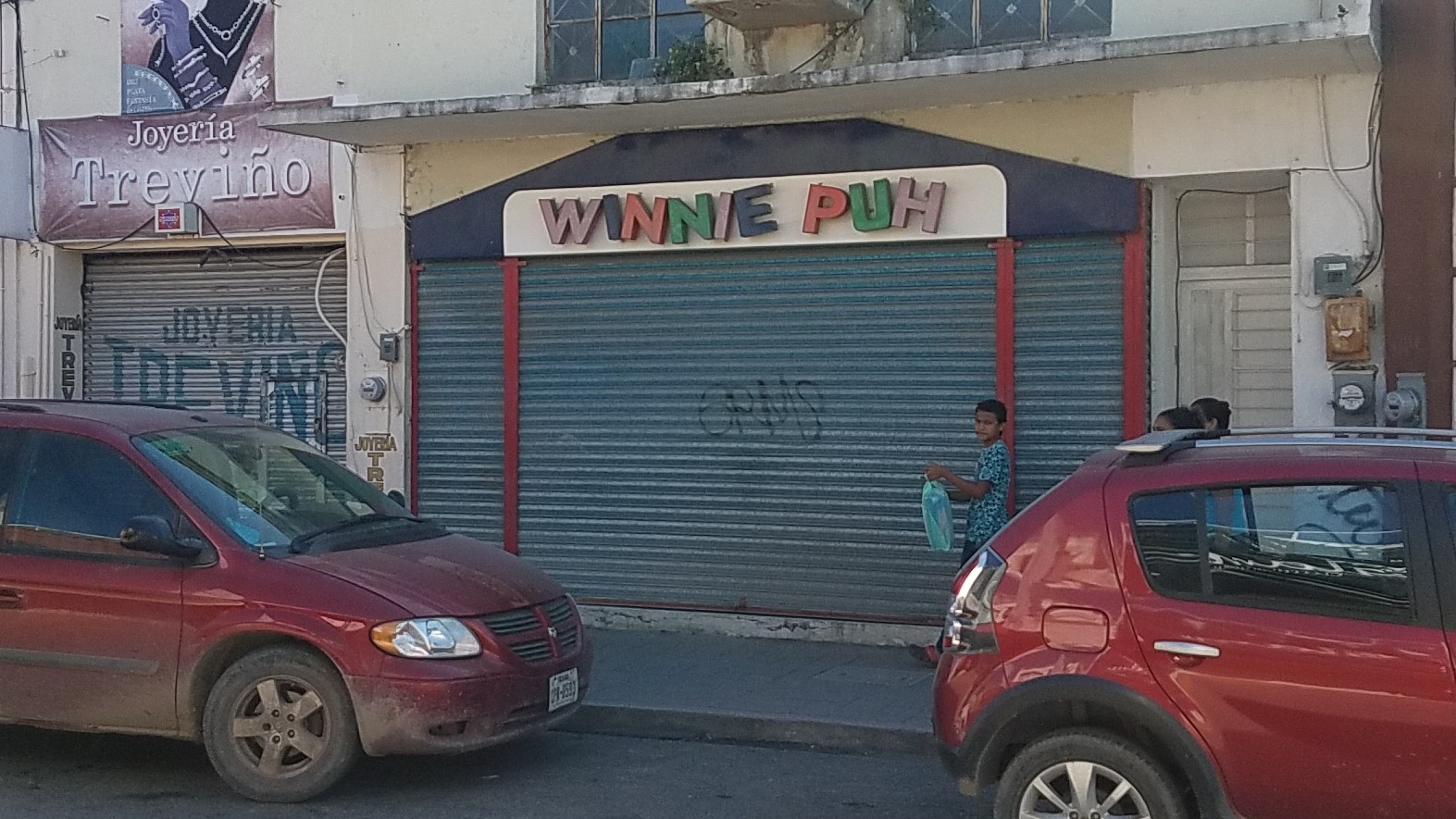

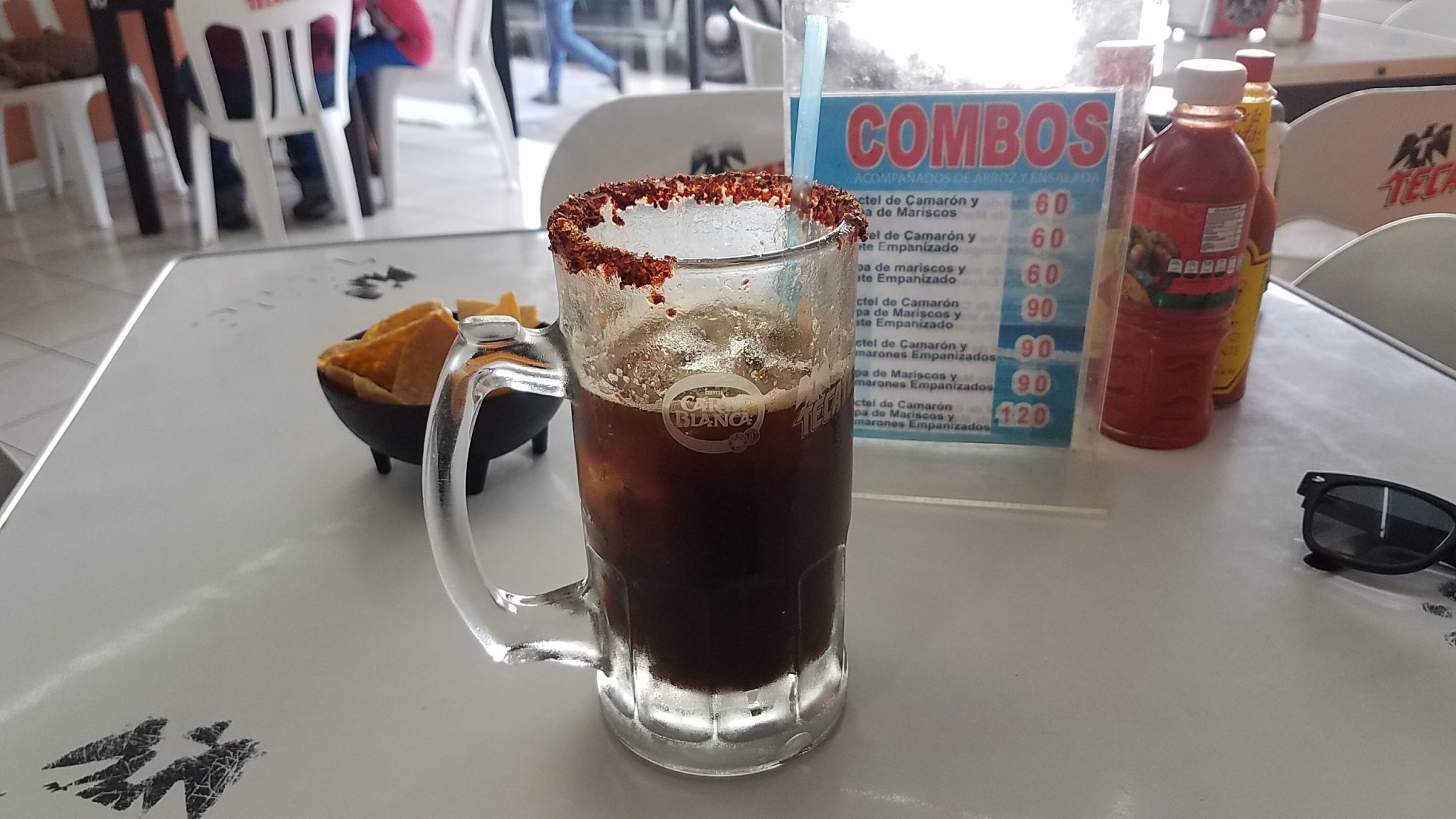
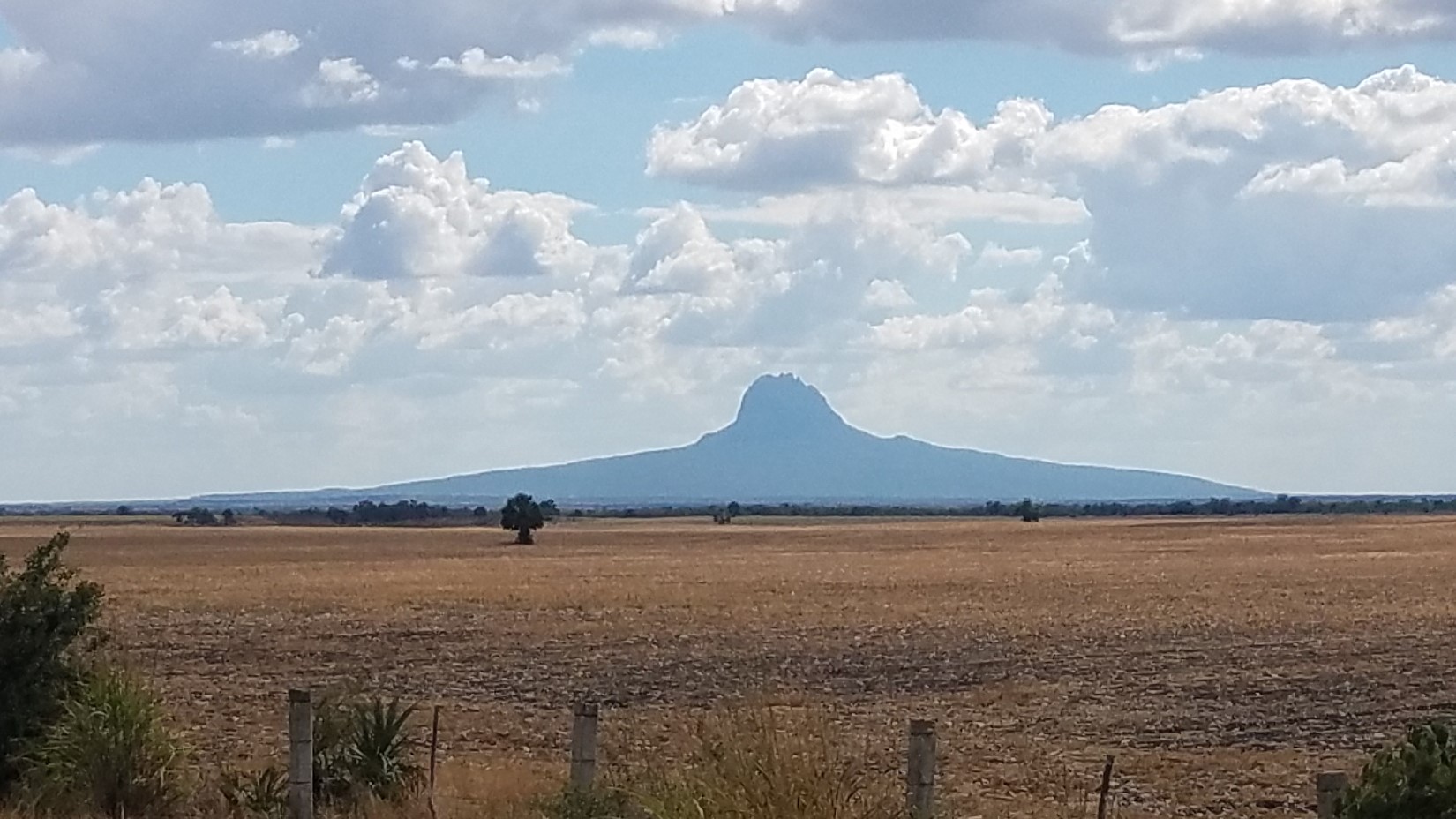

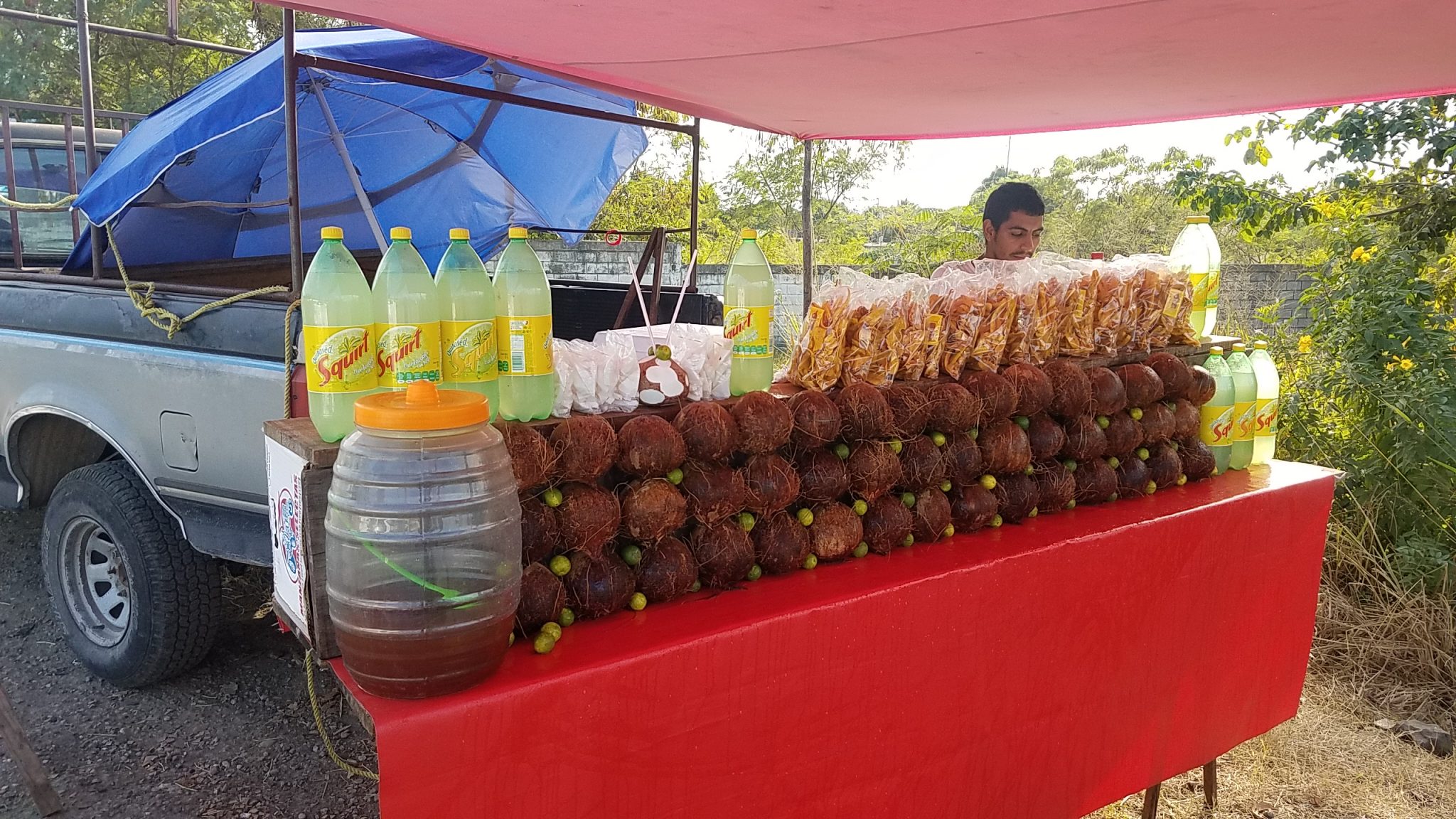
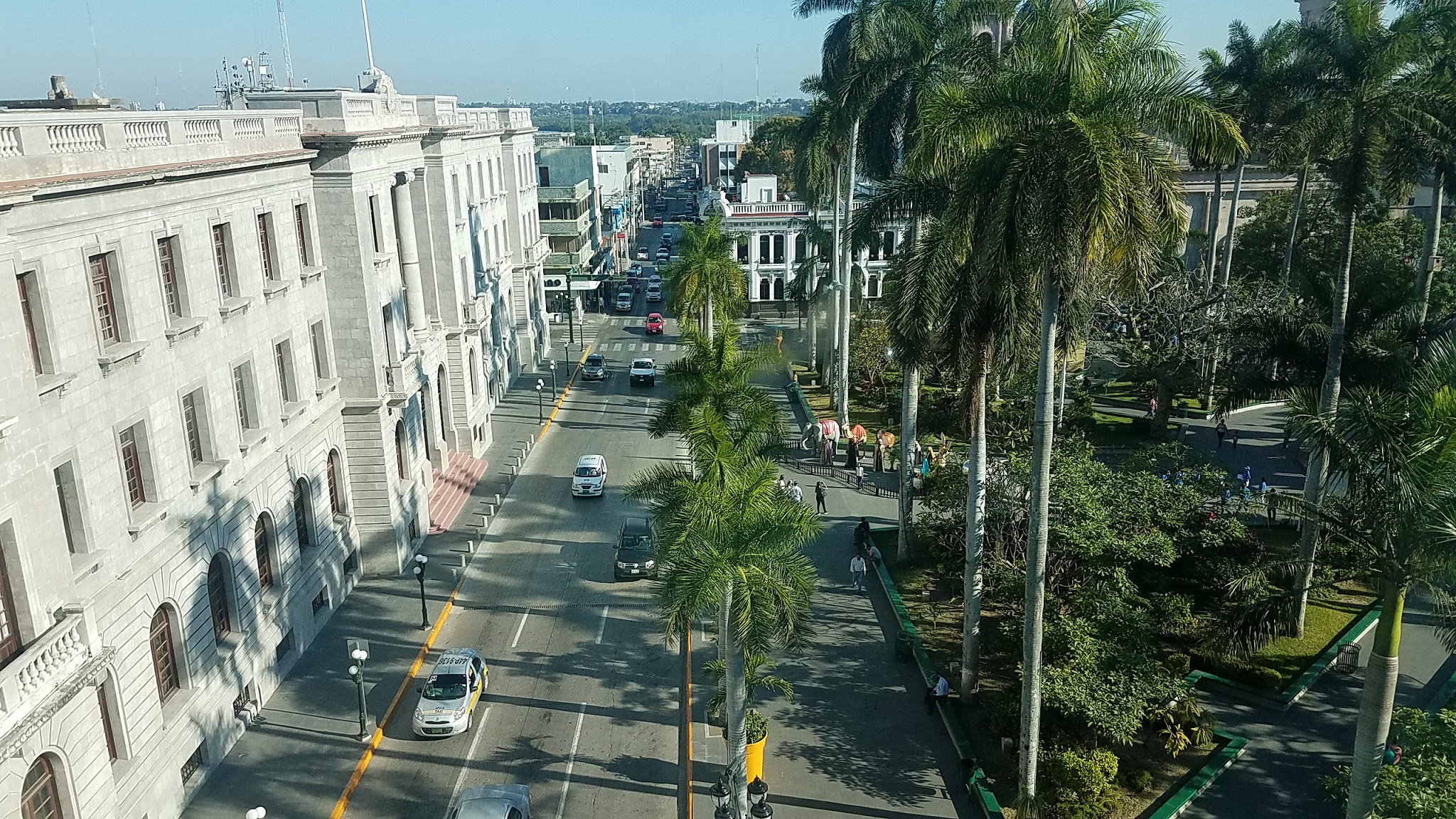
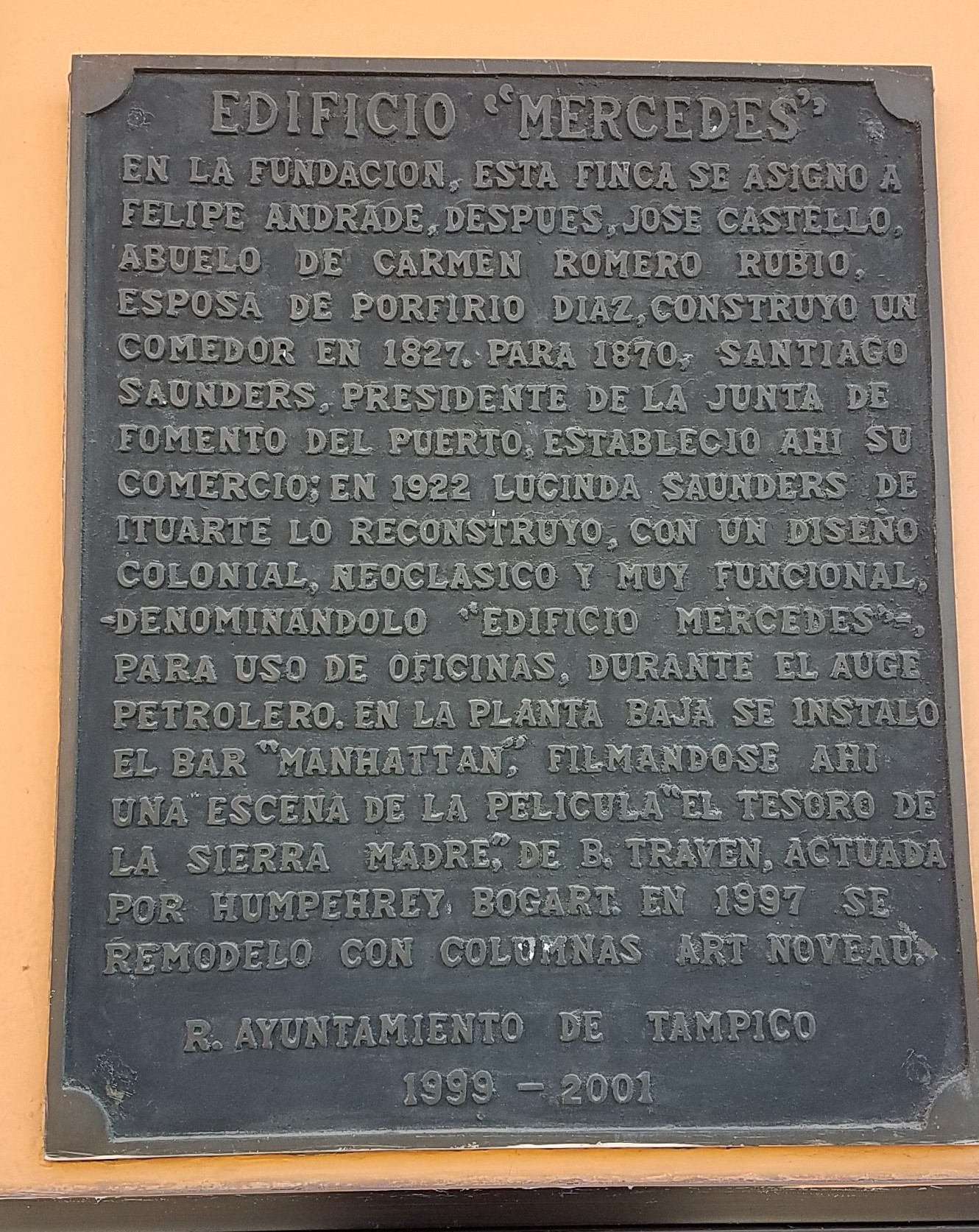

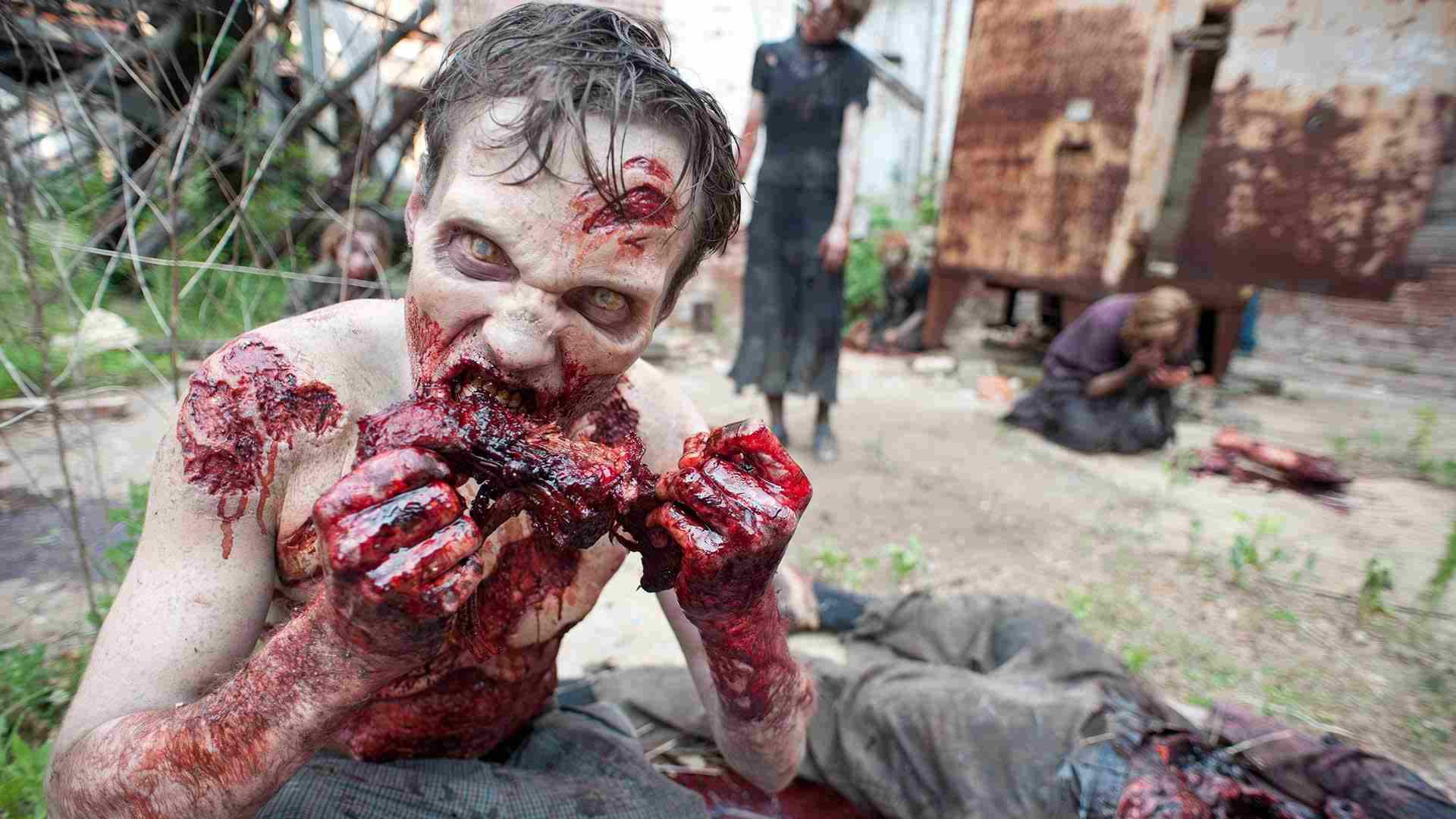
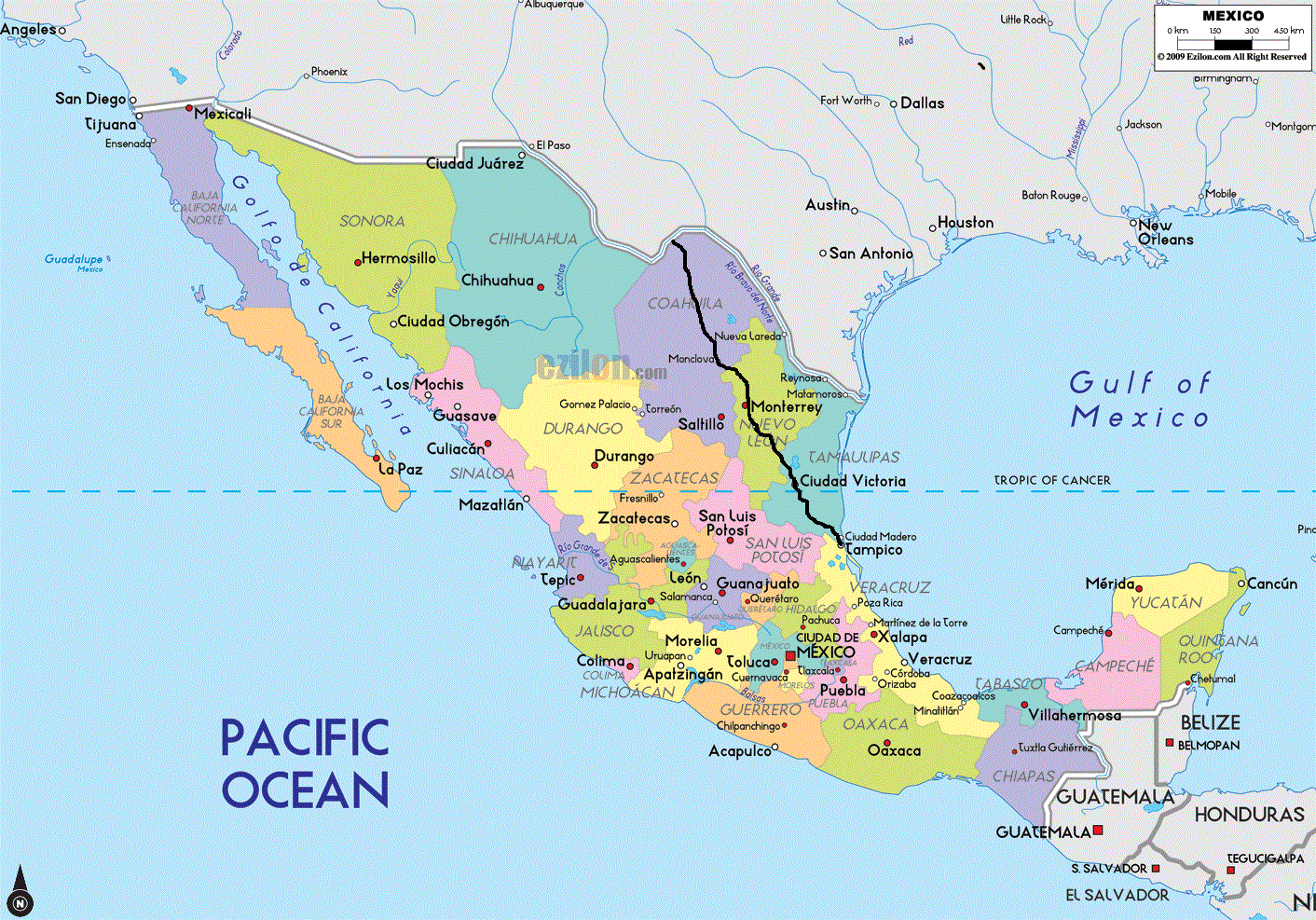
U have challenged all my assumptions about zombies. ? My burning question for producers of The Walking Dead is “what is the point?” These people have been wandering in the zombie apocalypse for 7 seasons! Where does this end? Needless to say, I tuned-out several seasons back.
Your adventures continue! You seem to have a guardian angel on your shoulder, Kev. You always find peace and normality in dangerous places. Nice to know that there is some good everywhere.
I am headed south of the border myself, tomorrow. Joining a group of faculty colleagues for a social justice immersion in Cuernavaca. We’ll be staying in a retreat center run by an order of Benadictine nuns! Will travel to Mexican co City to participate in the pilgrimage to the Basilica is Our Lady of Guadalupe on Dec. 12th. I am so looking forward to this! Don’t think our paths will cross, but I’ll be thinking of you. Vaya con Dios, mi amigo. Happy holidays!
Just in case you were wondering who posted the comment above!
I was just going to write and ask who wanted to stay anonymous. Thanks Deb! Good luck on your trip.
As for the walking dead, I know, it is silly that they just keep going from one place to another. But I guess if they found a cure or sanctuary, the show would be over! You got to love Hollywood.